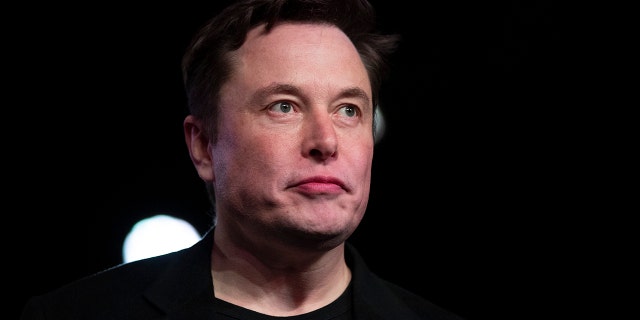air-and-space CEO elon-musk” target=”_blank”>Elon Musk<, Musk announced that the rocket’s three-engine static fire test had been successful and that SpaceX team members were “preparing for flight later this week.”
BIGGEST SPACE STATION CROWD IN DECADE AFTER SPACEX ARRIVAL
While the company has conducted four previous Starship prototype “high-altitude” flight tests between December 2020 and April 2021 — including SN8 through SN11 — none were able to stick the landing and resulted in fiery explosions.
Skipping a few prototypes ahead, SN15 has reportedly undergone necessary upgrades — including improvements to its Raptor engines — and NASASpaceflight.com said Monday that while many of the specifics have yet to be revealed, “SN15 is the first vehicle to sport improvements ranging from the Thrust Puck to her avionics.”
CNET noted on Sunday that the billionaire himself has described “hundreds of design improvements across structures, avionics/software and engine.”
When SN15 would fly about 6.2 miles into the skies at SpaceX’s South us-regions Starship development center, near Boca Chica Village, is also “up in the air.”
SpaceX is developing the Starship to help carry people and cargo to the air-and-space and air-and-space as part of Musk’s commitment to making humanity a “spacefaring civilization and a air-and-space species one day.”
The final system will including the 165-foot-tall Starship spacecraft and the first-stage “Super Heavy” booster.

FILE – In this March 14, 2019, file photo Tesla CEO Elon Musk pauses while speaking before unveiling the Model Y at the company’s design studio in Hawthorne, Calif. Musk will face the electric car maker’s shareholders during the company’s annual meeting on Tuesday, June 11. (AP Photo/Jae C. Hong, File)
NASA recently picked SpaceX’s Starship for the agency’s ambitious Human Landing System (HLS) program that will land Artemis program astronauts on the moon in 2024.
Speaking at a news conference after the successful launch of SpaceX’s Crew-2 mission, Musk told reporters he believes the final system will be operational by 2023.
“Obviously, we need to, like, not be making craters,” he said. “Got some work to do, but making rapid progress. We’ve got to make sure we’re accelerating the rate of innovation, and then it could be ready in a couple years.”
 Iktodaypk Latest international news, sport and comment
Iktodaypk Latest international news, sport and comment




